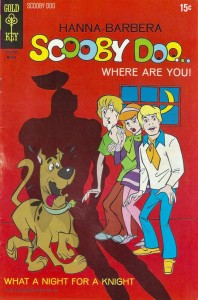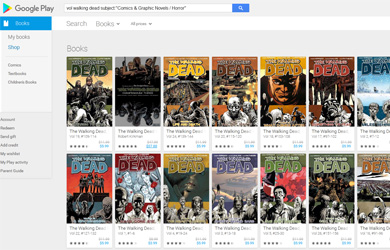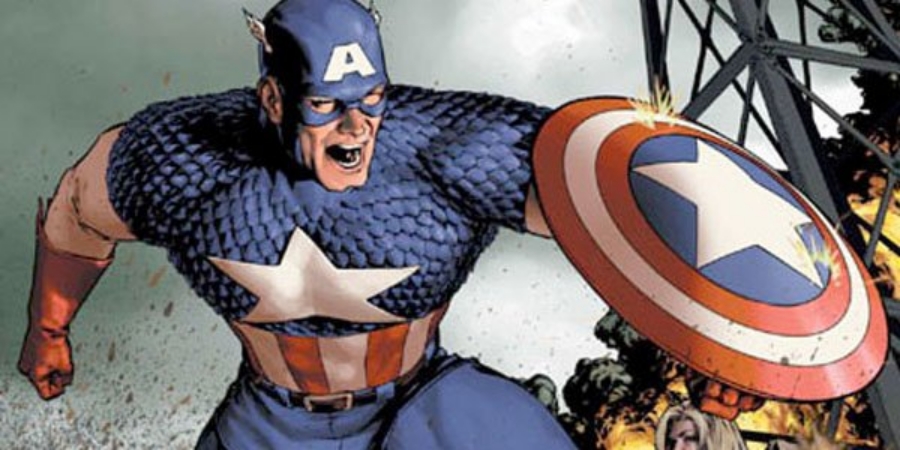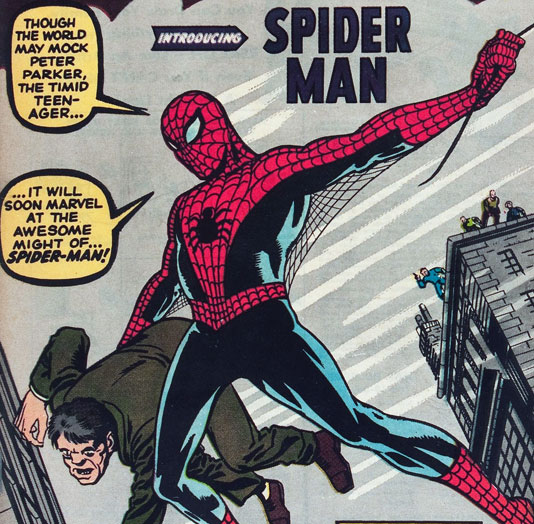There are many different types of key issues for Comic Book Characters. By the time you finish this article about the various type of First Appearances, you will have a better understanding of why there are so many different types of First Appearances and which 1st App matters the most.
You've heard it before, bickering and fighting over which issue was the First Appearance of a comic book character. I’d love to say it’s easy to figure out the true first appearance of a comicbook character, but there is not always a clear cut answer. A lot of times, it depends on which type of First Appearance you are interested in.
First Appearance
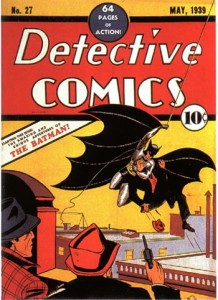
Sometimes called 1st Appearance, 1st App or First Full Appearance, this issue is iconic for being the very first time we see a new comic book character more than briefly. In almost all cases, this issue increases in value the more popular the character becomes. Unfortunately, A First Appearance is not so cut and dry as I am about to discuss in the rest of this article.
Part of the reason a 1st Appearance is so popular is both Collectors and Investors are interested in them. As an Investor, you want to make sure to focus on these issues because having two different groups of buyers ultimately makes the comic even more valuable.
First Cameo Appearance
I have also seen this referred to as First Brief Appearance and it is almost always a very limited appearance of the character prior to their First Full Appearance. Sometimes the appearance may be unnoticeable at first glance with something as simple as a passerby in the background. Other times, the character may be in the shadows, may appear on a single page or even in the very last panel of a comic book. To borrow from Radio jargon, this would be known as a Teaser. It doesn't sound like a very big deal, but back before the Internet, having a new character appear in the very last panel of a comic without any context was a great way to build curiosity.
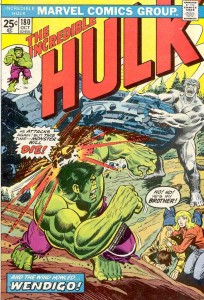 A perfect example of this is Hulk #180, where the last panel briefly shows Wolverine's First Cameo Appearance. There is no other information other than a single panel showing the Character in costume, which was used to get the reader more interested in buying the next issue.
A perfect example of this is Hulk #180, where the last panel briefly shows Wolverine's First Cameo Appearance. There is no other information other than a single panel showing the Character in costume, which was used to get the reader more interested in buying the next issue.
In Hulk #181, we finally get to meet Wolverine and this is actually considered his First Full Appearance and First Cover Appearance. Hulk #181 is the powerhouse behind a Key Marvel investment comic, but Hulk #180 still maintains a decent price on the strength of that last single panel. Not to mention the completionist Comic Book Collector wants to have both of them as a bundled set.
First Solo Title Appearance
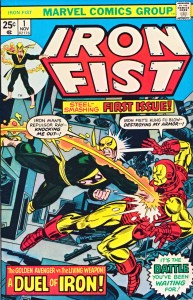 A character's 1st Solo Title Appearance can be another key collectible comic book. One of the strongest reasons I see is the idea that a comic that has a #1 next to the Title of the Character leads people to believe that it is the actual first appearance of this character. For a casual collector or even someone who does not collect comics, but likes a character, this is a big reason to buy this specific issue.
A character's 1st Solo Title Appearance can be another key collectible comic book. One of the strongest reasons I see is the idea that a comic that has a #1 next to the Title of the Character leads people to believe that it is the actual first appearance of this character. For a casual collector or even someone who does not collect comics, but likes a character, this is a big reason to buy this specific issue.
A great example of this is Iron Fist, who debuted in Marvel Premiere, later joining Luke Cage in Hero for Hire before finally getting his own solo title. Even though he was in quite a few comics before getting his own book, that 1st issue is a valuable collectible.
First Cover Appearance
 There was a time that this wasn't such a big deal. For the most part, the 1st Cover Appearance would coincide with one of the other types of First Appearances. There are a few exceptions and sometimes they hold value for no other reason than the first time this character was ever seen was on the cover of a comic.
There was a time that this wasn't such a big deal. For the most part, the 1st Cover Appearance would coincide with one of the other types of First Appearances. There are a few exceptions and sometimes they hold value for no other reason than the first time this character was ever seen was on the cover of a comic.
Kamala Khan as Ms. Marvel on the 2nd Printing of Captain Marvel vol #8 issue #17 is a great example of a valuable 1st cover appearance. Usually, a second printing of an issue would not be worth much, but due to the low print run, the incredible popularity of the character and the fact that she is the only focus of the cover, this comic has gone through roof in value.
First Appearance in Costume
Sometimes the First Appearance of a character is actually their alter ego. You know, who they are when they aren't in costume, usually involving the character's real name. In most cases, this issue is the point at which we find out that a normal, plains clothed character is more than they seem.
It's tricky because sometimes we may see them in costume, but it's not revealed that the person under the mask is actually a specific person. One of my favorite examples is The Joker's appearance as a small time hood before ultimately becoming The Joker.
If a character is popular, the 1st appearance in costume can be a great opportunity for a collector or investor. Especially if it's also their first full appearance, rather than a cameo.
First Appearance in Continuity
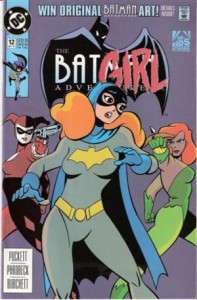
This type of First Appearance is situational, usually derived by some sort of real world event happening outside the existing comicbook universe. This can be caused by a character appearing first in Film, Television or a foreign distribution of the producers catalog.
Several examples include Samuel Jackson playing Nick Fury and Agent Coulson in the Marvel Movies, Harley Quinn’s creators using her in the Batman Animated Television show prior to appearing in Batman Adventures 12, a non-continuity comic. She would make her first continuity appearance later in the Batman: Harley Quinn Graphic Novel.
Sometimes this is referred to as 1st Comic Book Appearance because the character may have appeared in a different type of publication like a magazine, trade paperback or a book. Rocket Raccoon first appeared in Marvel Preview Presents #7 which is not considered a comic, but later making his First Comic Appearance in Hulk #271.
First Appearance by Era
This type of first appearance is rare, but includes some very famous characters including my favorite from this category, Captain America. He first appeared in 1941 and continued through 1950 with a brief stint in 1953. This was his First Golden Age Appearance.
He made his First Silver Age Appearance in 1964 and has been a staple of Marvel Comics ever since. Both comics are very collectible as they highlight milestones of one of the few long term Key Characters in comic history.
First Appearance by a Publisher
In some cases, Characters are owned by parties other than the publisher and through different agreements comics are published by different publishers.
Scooby's first published comic was with Gold Key, but he would go on to be published by Charlton, Marvel, Harvey, Archie & DC where is will stay now that they own all of the Warner Bros characters.
Off the top of my head, I cannot think of any other character that has had so many different publishers print their comics. Can you?
Which Type of First Appearance Should You Invest?
I wish I could give you a clear cut answer, but every time I think I have it figured out, someone points out an exception. Keep in mind some of the factors that come into play when determining importance or value of a comic.
- Popularity of the Character
- Number of copies Printed
- Age of the Comic
- Scarcity of a High Grade copy
- Number of 1st Appearances listed above were all the same book
- Upcoming Movie and Television appearances is also important
Keep in mind, that supply and demand can and will go up or down over time based on changing perceptions of those same factors. Ultimately, the value each type of 1st Appearance comes down to Supply and Demand. It doesn't matter if there are 2,000 copies or 1.2 Million copies. When there are more buyers than sellers for a particular comic, it will increase in value. If no one wants to buy, it doesn't matter how much it's worth if you can't sell it.
If you are in this for the long term, go for Silver and Bronze age keys. Looking to make some quick cash, start paying attention to what is hot at the moment or what is going to be hot soon and place pre-orders at a cheaper rate. A word of warning though, flipping new comics is high risk. Don't get starry eyed about the next Million Dollar modern comic. If you can make money, sell and move on.
Notable Exception when Investing in 1st Appearances
If a comic or character appeals to more than just comicbook collectors, it can make it more valuable. Even with more than 1 Million copies Star Wars #1 (1977) printed, it is still a great 1st appearance investment because it appeals to both Star Wars fans and Comic Book collectors. Scooby Doo I mentioned above benefits from this same effect, although not as much as Star Wars.
Which Type of First Appearance Should a Casual Collector Buy?
On the other side of collecting 1st appearances for investment is the casual collector. I've seen some amazing wall displays set up by collectors that really don't care about investing, but just wanted to have certain comics. Comic covers have become an artform all to themselves. If it is your all time favorite comic book character, you love the story or think it is an amazing cover, then have fun with it. Getting a copy of a first appearance comic for your Personal Collection can be it's own reward.
So, what do you think? Do you think I missed a certain type of First Appearance? Do you have more to add to this article? Leave your thoughts in our comments section below and let me know.

